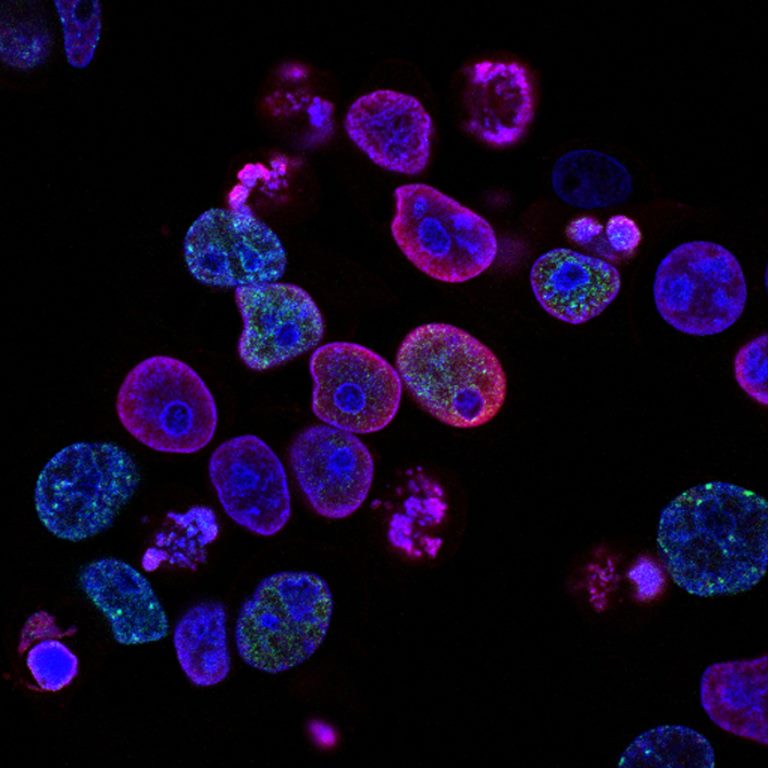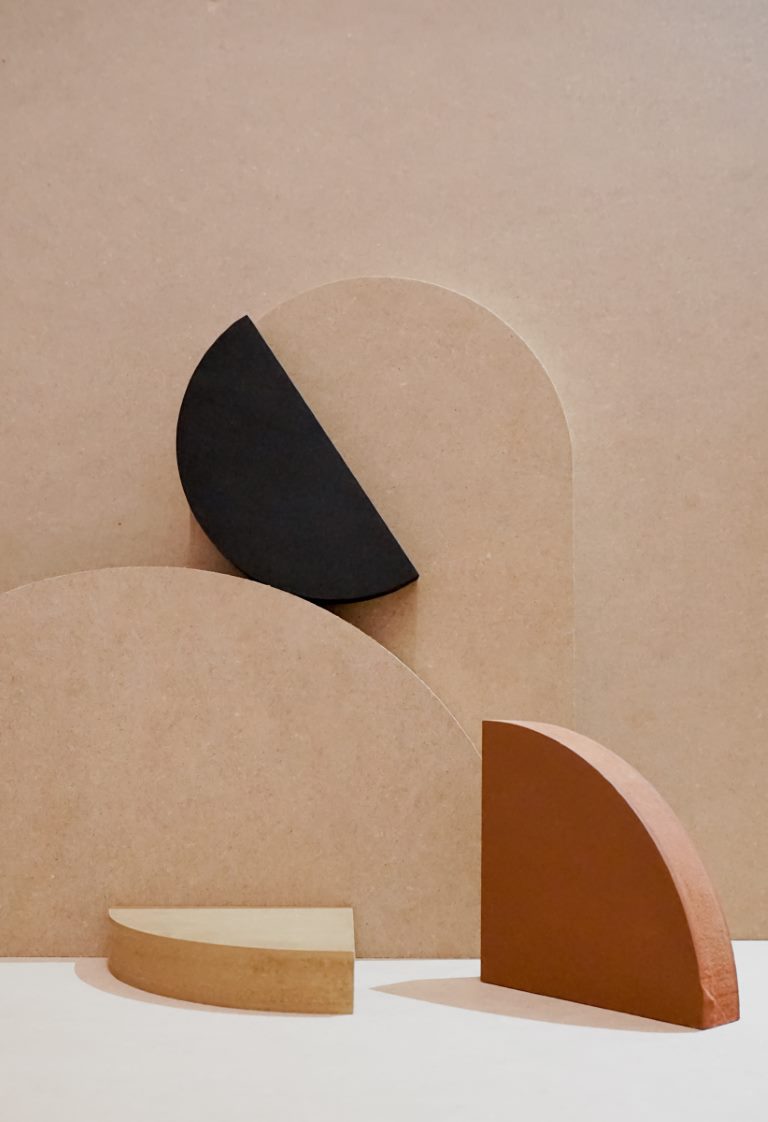How to plan your Nanjing Private Day Tour from Shanghai by Fast Train With Drop Off Options
Do you want to explore the fascinating city of Nanjing but you’re short on time? Look no further than the Nanjing Private Day Tour from Shanghai by Fast Train with Drop Off Options. Here’s how to plan your perfect day trip to Nanjing:Overview
The tour includes a knowledgeable local guide, an air-conditioned vehicle with driver, a delicious local lunch, and entrance fees to the attractions (if needed). Participants are expected to provide gratuities for their guide and driver. The tour will take you to see several of the most notable stops throughout Nanjing including Dr. Sun Yat-sen’s Mausoleum and the Xiaoling Tomb of Ming Dynasty, among others.Meeting and Pickup
The tour begins with pickup from your Shanghai hotel, where you will be whisked off on a high-speed train to Nanjing. Upon arrival, you will be greeted by your local guide and can choose to be picked up from your Nanjing hotel or railway station.What to Expect
During your tour, you’ll be able to access outstanding cultural stops. Here are the highlights that await you:1. Dr. Sun Yat-sen’s Mausoleum
Your first stop will be Dr. Sun Yat-sen’s Mausoleum. This impressive structure is a mausoleum dedicated to Sun Yat-sen, the founding father of the Republic of China. Your guide will provide you with a wealth of historical and cultural information about Sun’s life, his achievements, and his legacy.2. Xiaoling Tomb of Ming Dynasty
Next, you will go to Xiaoling Tomb of Ming Dynasty where you will gain a fascinating insight into the wonder of the Qing dynasty. The Xiaoling Tomb is the tomb of Zhu Yuanzhang, the founding emperor of the Ming dynasty.3. Ming City Wall (Taicheng)
As the tour progresses, you will surely be captivated by Taicheng. This well-preserved ancient city wall was built around Nanjing city during the Ming Dynasty. It’s a vast and impressive wall that certainly makes you feel like you’re stepping back in time.4. The Memorial of the Nanjing Massacre
A tour of Nanjing would be incomplete without a visit to The Memorial of the Nanjing Massacre. This museum commemorates the 300,000 Chinese civilians and soldiers who were massacred by Japanese invaders during the Second Sino-Japanese War. This poignant stop is a chance to learn about the history of China and the resilience of its people in the face of tragedy.5. Confucius Temple Area (Fuzi Miao)
No visit to Nanjing is complete without a visit to Fuzi Miao. Fuzi Miao, also called Confucius Temple, is what remains of a huge area of temples, reading halls, and archways. It’s a small but lively area of the city that is swarmed with shops, restaurants, and street vendors.Additional Info
This tour is available in all weather conditions. Dress appropriately and mind any physical limitations that may prevent access. The tour is wheelchair and stroller accessible, and service animals are permitted. There is also convenient public transportation nearby.Cancellation Policy
You can cancel up to 24 hours in advance of the experience for a full refund. If you cancel less than 24 hours before the experience’s start time, the company is not responsible for the loss of any funds.Ready to Book?
If you’re interested in booking the Nanjing Private Day Tour from Shanghai by Fast Train with Drop Off Options, simply follow this link and book here. With a knowledgeable guide and convenient pickup, you can explore the wonders of Nanjing in just one day.
Frequently Asked Questions About Nanjing
Nanjing is one of China’s most popular tourist destinations, offering a unique blend of historical and modern attractions. Whether you’re planning a trip to Nanjing or just curious about this fascinating city, we’ve put together a comprehensive FAQ that covers everything you need to know.1. Where is Nanjing located?
Nanjing is located in eastern China, in the province of Jiangsu. It sits on the banks of the Yangtze River, approximately 300 kilometers west of Shanghai.2. What is the history of Nanjing?
Nanjing has a rich history that dates back thousands of years. It was the capital of several Chinese dynasties, including the Ming Dynasty, and served as the capital of the Republic of China from 1912 to 1949. During World War II, Nanjing was the site of the infamous Nanjing Massacre. Today, the city is a center of education, culture, and commerce in China.3. What are some must-see sites in Nanjing?
Nanjing has a plethora of attractions that cater to all interests. Some of the must-see sites include:The Confucius Temple (Fuzimiao)
This is a shrine dedicated to Confucius, the ancient Chinese philosopher. It’s a great place to learn about Chinese culture and tradition.The City Wall of Nanjing
This is one of the best-preserved ancient city walls in China. It’s a great spot for history buffs and offers stunning views of the city.The Nanjing Museum
This is one of the largest museums in China and has an impressive collection of cultural relics and historical artifacts.The Purple Mountain
This scenic area is home to several historical sites and stunning natural beauty. It’s a must-visit spot for nature lovers and history buffs alike.4. What is the best time to visit Nanjing?
The best time to visit Nanjing is during the spring and autumn months. This is when the weather is mild, and the city is less crowded. The summer months can be hot and humid, while the winter months can be cold and dreary.5. What are some popular local dishes in Nanjing?
Nanjing is known for its delicious cuisine that’s rich in flavor and history. Some dishes to try include:Duck Blood Soup
This soup is made with duck blood, tofu, and various herbs and spices. It’s a popular dish in Nanjing and has a distinct and flavorful taste.Nanjing Salted Duck
This dish is made by salting and drying a whole duck. It’s a popular snack food in Nanjing and is often served with rice.Jinling Roast Duck
This is a local specialty that’s similar to Peking duck. The duck is roasted until crispy and served with thin pancakes, scallions, and a sweet bean sauce.6. What are some popular shopping destinations in Nanjing?
Nanjing has a diverse shopping scene that caters to all tastes and budgets. Some popular shopping destinations include:Xinjiekou
This area is the main commercial district of Nanjing and has a huge range of shops and malls that sell everything from high-end fashion to electronics.Laomendong
This is Nanjing’s oldest commercial district and is home to a range of traditional shops and markets selling everything from antiques to souvenirs.Fuzimiao Market
This market is located near the Confucius Temple and sells a range of traditional Chinese goods, including calligraphy brushes, artwork, and jewelry.7. How can I get around Nanjing?
Nanjing has a modern and efficient transportation system that includes buses, taxis, and a subway network. The subway is the most convenient and affordable way to get around the city and has several lines that connect all of Nanjing’s main areas and attractions.8. What is the local currency in Nanjing?
The local currency in Nanjing, as well as the rest of China, is the Chinese yuan (CNY). ATMs are widely available in Nanjing, and most hotels and restaurants accept major credit cards.9. What are some common customs and etiquette in Nanjing?
When visiting Nanjing, it’s important to be aware of local customs and etiquette. Some things to keep in mind include:Bowing as a greeting
Bowing is a common way to greet people in China, especially when meeting someone for the first time.Using chopsticks
Chopsticks are the primary utensil used for eating in China. If you’re not familiar with using chopsticks, it’s a good idea to practice before your trip.Removing your shoes
It’s customary to remove your shoes when entering someone’s home or a temple in China.10. Is it safe to visit Nanjing?
Nanjing is generally a very safe city for tourists. However, it’s always a good idea to take basic safety precautions when traveling, such as staying aware of your surroundings and avoiding areas that may be unsafe at night.Book Your Tour Now
Nanjing is a vibrant and exciting city that has something to offer everyone. Whether you’re interested in history, culture, food, or shopping, you’ll find plenty to see and do in Nanjing. Keep this FAQ handy as you plan your trip to make the most of your time in this fascinating city.
How to Spend Your Time as a Tourist in Nanjing
Nanjing, the capital of China’s Jiangsu Province, is a beautiful and historic city that has much to offer visitors. Whether you’re interested in exploring China’s rich cultural heritage or taking in the modern sights and sounds of this bustling metropolis, Nanjing has something for everyone. In this guide, we’ll take a look at some of the best things to do in Nanjing and how to make the most of your time in this fascinating city.1. Visit the Nanjing City Wall
One of Nanjing’s most iconic landmarks is the Nanjing City Wall. Built during the Ming Dynasty, it was designed to protect the city from invaders. Today, visitors can walk along the wall and enjoy the beautiful views of the city. The wall is a great place to take photos and to learn about the city’s history.2. Explore Purple Mountain
Purple Mountain is a beautiful scenic area located in the eastern part of Nanjing. It’s home to many historic sites, including the Ming Xiaoling Mausoleum, the Sun Yat-sen Mausoleum, and the Linggu Temple. Visitors can enjoy hiking, picnicking, and taking in the stunning views of the city and the surrounding countryside.3. Visit the Nanjing Museum
If you’re interested in Chinese culture and history, then a visit to the Nanjing Museum should be on your itinerary. The museum is home to an extensive collection of artifacts from various periods in Chinese history, including the Ming and Qing dynasties. Visitors can learn about the history and culture of Nanjing and China as a whole.4. Take a Stroll Along the Qinhuai River
The Qinhuai River is a famous river in Nanjing and has been an important part of the city’s history for centuries. Visitors can take a leisurely stroll along the river and enjoy the beautiful scenery. There are also many shops, restaurants, and teahouses along the riverbank where you can stop and take a break.5. Visit the Confucius Temple Area
The Confucius Temple is a historic temple in Nanjing and is dedicated to the famous Chinese philosopher Confucius. The temple has a beautiful courtyard and many halls and pavilions where visitors can learn about Confucius and his teachings. Nearby, you’ll find the Qinhuai Scenic Area, which is full of shops, restaurants, and other attractions.6. Try Some Local Foods
No trip to Nanjing would be complete without trying some of the local cuisine. Nanjing is famous for its duck dishes, including Nanjing Salted Duck and Duck Blood Soup. Other local specialties include Nanjing Dumplings, Fermented Bean Curd, and Bai Lu Yang Zhou (a type of rice porridge). Be sure to try as many local dishes as you can during your visit.7. Experience Nanjing’s Nightlife
Nanjing has a lively nightlife scene with many bars, clubs, and karaoke establishments to choose from. The Fuzimiao area is a popular spot for nightlife, with many bars and restaurants lining the streets. Other popular areas for nightlife include the 1912 District and the Nanjing Confucius Temple area.Book Your Tour Now
Nanjing is a fascinating city that has something for everyone. Whether you’re interested in history, culture, or just taking in the sights and sounds of a modern Chinese metropolis, Nanjing is sure to impress. By following the tips in this guide, you’ll be able to make the most of your time in this beautiful city and have an unforgettable experience.Table of Contents

